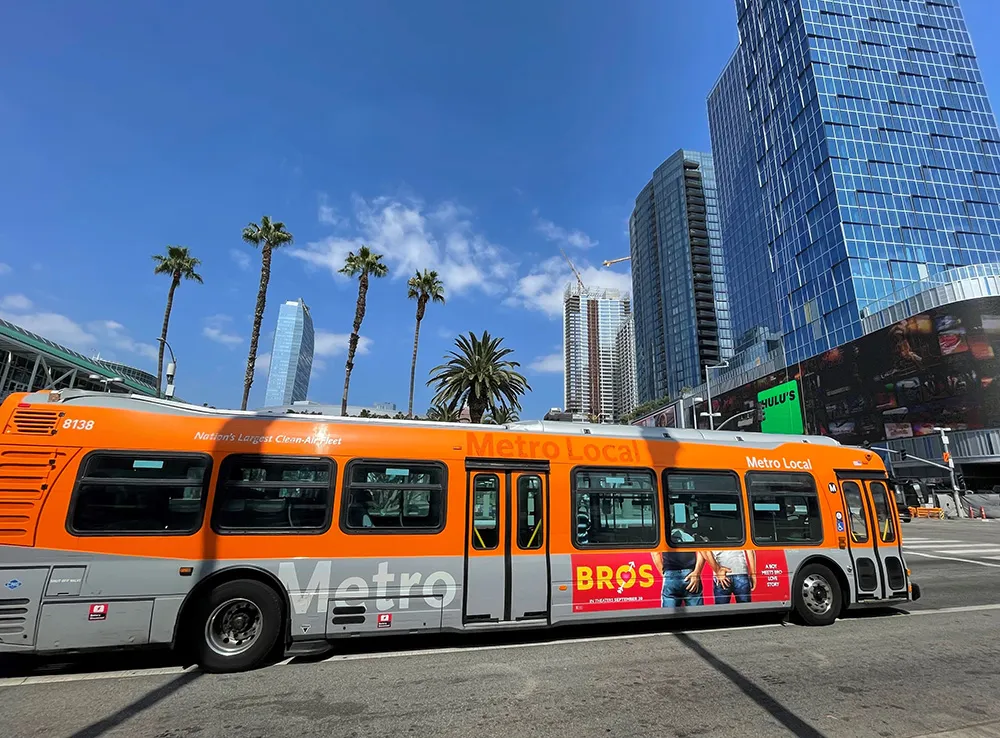The US Department of Transportation's (USDOT) Federal Highway Administration (FHWA) has announced US$60 million in grants to fund cutting-edge transportation improvement technologies that will improve safety, efficiency, system performance, and infrastructure return on investment.
The new program, Advanced Transportation and Congestion Management Technologies Deployment Program (ATCMTD), is aimed at addressing the concerns outlined in Beyond Traffic, the USDOT report issued last year that examines the c
March 23, 2016
Read time: 2 mins
The 324 US Department of Transportation's (USDOT) 831 Federal Highway Administration (FHWA) has announced US$60 million in grants to fund cutting-edge transportation improvement technologies that will improve safety, efficiency, system performance, and infrastructure return on investment.
The new program, Advanced Transportation and Congestion Management Technologies Deployment Program (ATCMTD), is aimed at addressing the concerns outlined in Beyond Traffic, the USDOT report issued last year that examines the challenges facing America's transportation infrastructure over the next three decades, such as a rapidly growing population and increasing traffic. Gridlock nationwide is expected to increase unless changes are made soon.
ATCMTD technologies are intended to improve the return-on-investment of safety, efficiency, system performance and infrastructure improvements, including the enhanced use of existing transportation capacity. The awards may be used for projects that use real-time traveller information, traffic data collection and dissemination, vehicle-to-infrastructure and an array of other dynamic systems and intelligent transportation system technologies.
“This program will take technological innovation to a new level and help to make the entire transportation network more reliable for commuters, businesses, and freight shippers,” said U.S. Transportation Secretary Anthony Foxx. “An efficient transportation system is the foundation of a strong economy.”
The new program, Advanced Transportation and Congestion Management Technologies Deployment Program (ATCMTD), is aimed at addressing the concerns outlined in Beyond Traffic, the USDOT report issued last year that examines the challenges facing America's transportation infrastructure over the next three decades, such as a rapidly growing population and increasing traffic. Gridlock nationwide is expected to increase unless changes are made soon.
ATCMTD technologies are intended to improve the return-on-investment of safety, efficiency, system performance and infrastructure improvements, including the enhanced use of existing transportation capacity. The awards may be used for projects that use real-time traveller information, traffic data collection and dissemination, vehicle-to-infrastructure and an array of other dynamic systems and intelligent transportation system technologies.
“This program will take technological innovation to a new level and help to make the entire transportation network more reliable for commuters, businesses, and freight shippers,” said U.S. Transportation Secretary Anthony Foxx. “An efficient transportation system is the foundation of a strong economy.”







